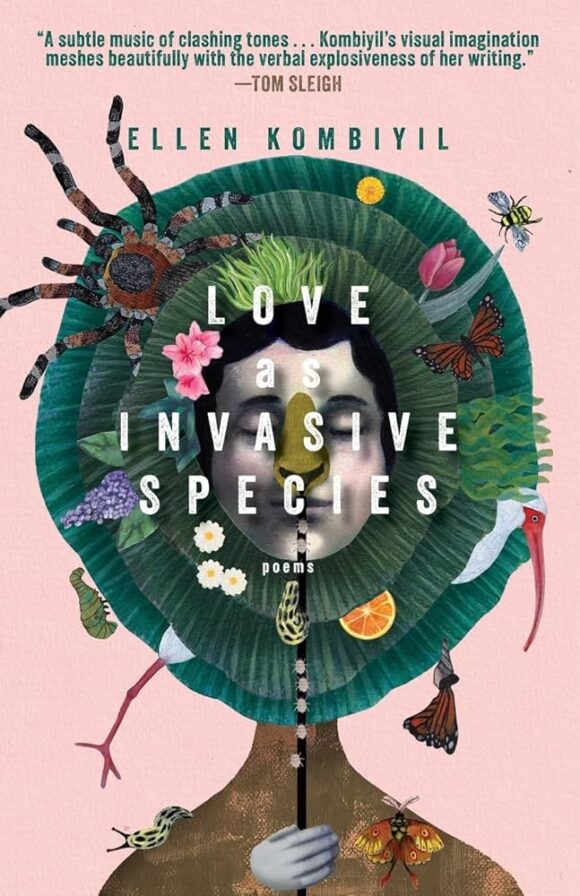
As the book tells a narrative of repetition and repeated patterns, the reassembled story is conceptually realized in the book-as-art-object design: Love as Invasive Species is formatted as a tête-bêche or “double book.” The poems in Side A and Side B mirror and respond to each other in list order.
Can you tell us something about the research and writing process?
The writing of this book very much has its roots at Hunter. I wrote drafts of most of the poems while a graduate student in the MFA program, working closely with Donna Masini, Tom Sleigh, and Catherine Barnett. Post graduation, it took me a few more years to revise the poems and figure out that it really needed to be told in the tête-bêche structure.
After I figured that out, the book got picked up quickly (in four days!) by Cornerstone Press out of the University of Wisconsin.In terms of research, I conducted interviews with living family members to help me piece together bits of the narrative. The book, however, is not meant to be considered memoir or non-fiction. It is still a work of poetry and although rooted in lived experiences, I gave myself permission to let the poems develop as they needed to and the book to evolve as it needed to.
Where can we learn more about your book?

Build blazing websites with Genesis and Atomic Blocks.
The Gutenberg editor uses blocks to create all types of content, replacing a half-dozen ways of customizing WordPress, bringing it in line with modern coding standards, and aligning with open web initiatives. That sounds pretty great huh?

As the book tells a narrative of repetition and repeated patterns, the reassembled story is conceptually realized in the book-as-art-object design: Love as Invasive Species is formatted as a tête-bêche or “double book.” The poems in Side A and Side B mirror and respond to each other in list order.
Can you tell us something about the research and writing process?
The writing of this book very much has its roots at Hunter. I wrote drafts of most of the poems while a graduate student in the MFA program, working closely with Donna Masini, Tom Sleigh, and Catherine Barnett. Post graduation, it took me a few more years to revise the poems and figure out that it really needed to be told in the tête-bêche structure. After I figured that out, the book got picked up quickly (in four days!) by Cornerstone Press out of the University of Wisconsin.
In terms of research, I conducted interviews with living family members to help me piece together bits of the narrative. The book, however, is not meant to be considered memoir or non-fiction. It is still a work of poetry and although rooted in lived experiences, I gave myself permission to let the poems develop as they needed to and the book to evolve as it needed to.
Where can we learn more about your book?
this is the summary
/

